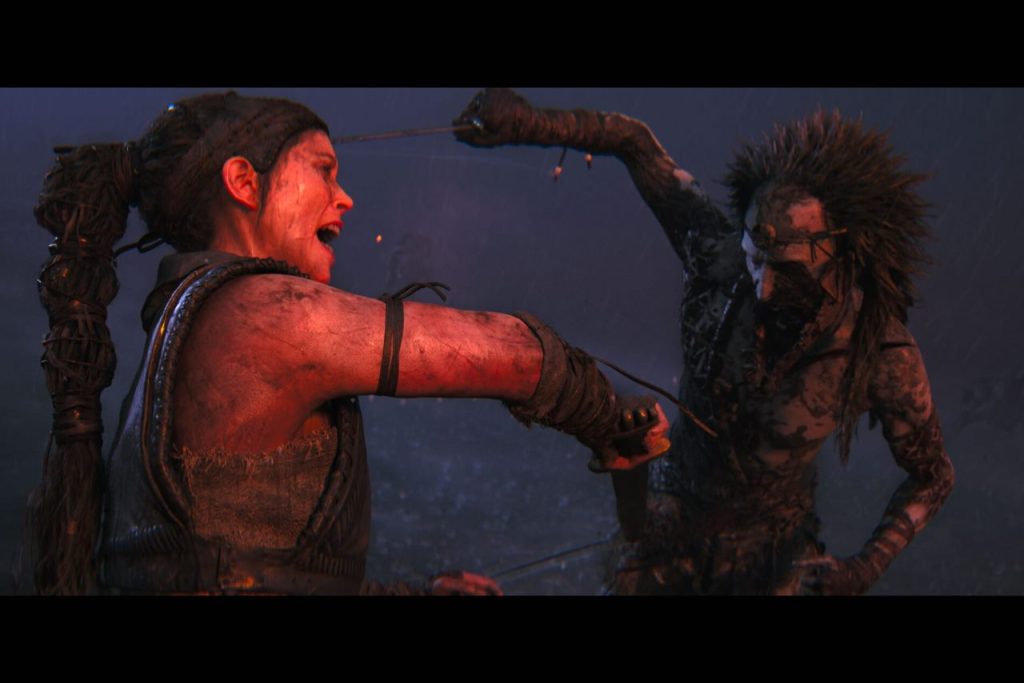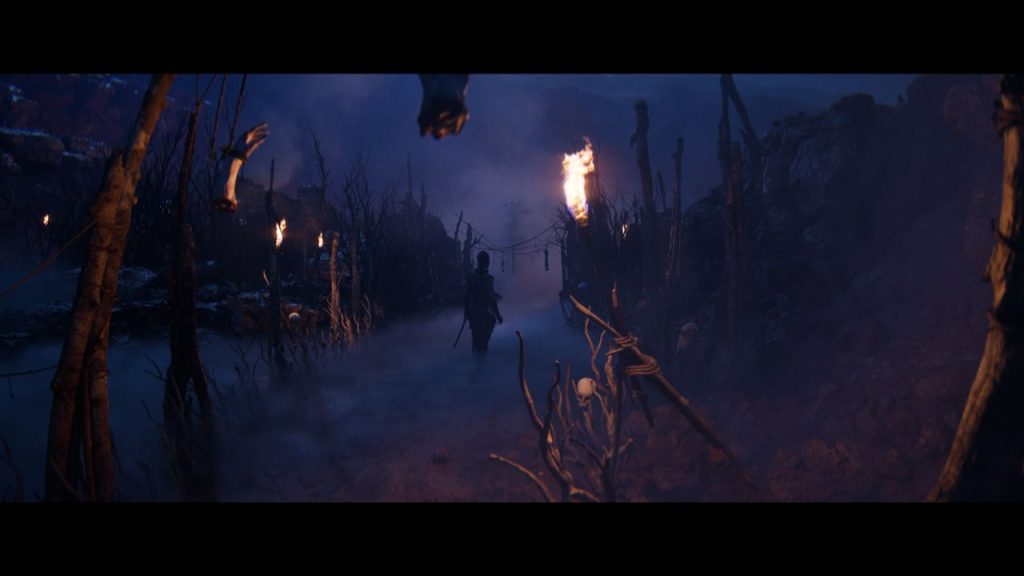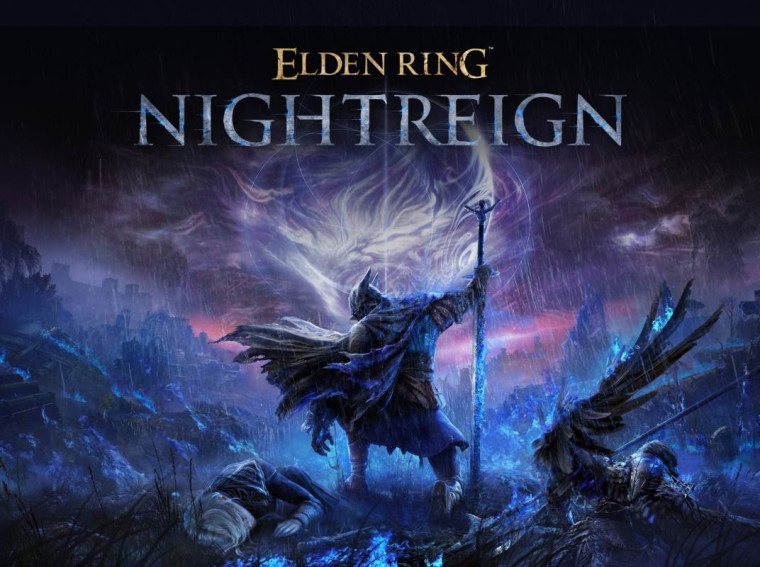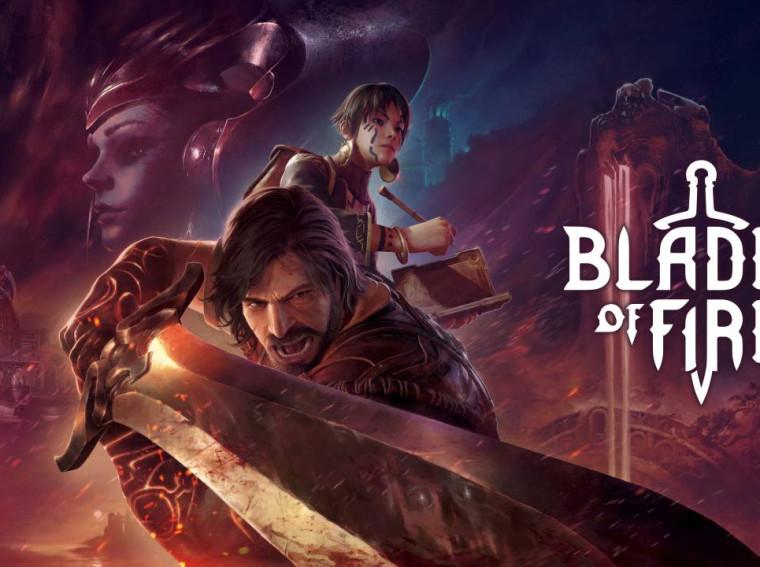Senua’s Saga: Hellblade 2 Review
Senua’s Saga: Hellblade 2 Review
Table of Contents
Senua’s Saga: Hellblade II, the highly anticipated sequel to Ninja Theory’s critically acclaimed action-adventure game Hellblade: Senua’s Sacrifice, has finally arrived. Developed using Unreal Engine 5, this game promises to be a visual showcase, pushing the boundaries of what a current-gen console can achieve and setting the bar for a generation that has hardly proven itself worthy of the “next-gen” moniker.
Hellblade 2 is a tricky one to evaluate. With its linear levels simply pushing players from point A to B and a painfully straightforward combat system, it would be too generous to give it a passing score on these points alone. However, Hellblade 2 is unique as it places extreme focus on storytelling and immersion through its audio design and atmosphere, resulting in an unsettling and distressing title that, while not for everyone, creates such a surreal experience that is equal parts uncomfortable as it is masterful.
The key to appreciating Hellblade 2 lies in how much of the other aspects of a game like combat and actual gameplay you are willing to sacrifice to get heightened storytelling. Knowing what you’re getting into is extremely important, and with that said, the game absolutely delivers.
Senua’s Sacrifice
Players unfamiliar with the series will be introduced to Senua, the fractured protagonist with a complex psychological profile. The first game, ironically a PlayStation release, dealt with themes not often discussed with detail and depth, such as psychosis, and earned developers Ninja Theory merit as one of the best storytellers in the industry.
Hellblade 2 is a direct sequel, as it tells the story of Senua as she has come to accept her flaws and faults from the first game and is now using them to her advantage as she takes the fight to the Northmen. That said, while the game offers a lengthy and detailed recap, experiencing the first installment is highly recommended to grasp the full context of the sequel.

It is crucial for players to temper their expectations before diving into Hellblade 2. Those anticipating a conventional action-driven game may find themselves disappointed. The game’s design is more akin to a walking simulator of sorts, guiding players through an almost straight path interspersed with combat and puzzles, rather than delivering a high-octane adventure. This deliberate pacing is integral to the game’s immersive storytelling and atmospheric world-building.
The path through which Senua travels is adorned with occasional collectibles and hidden narratives that enrich the world’s lore, providing a straightforward route from the beginning to the end without the distraction of items or side content. The game sacrifices some aspects in favor of others, so your usual action-adventure game mechanics will not be present here in the way that you would expect.

The game’s puzzles are seamlessly integrated into the levels, challenging players to use Senua’s focus ability to uncover patterns that unlock the way forward. These puzzles cleverly alter the environment, revealing previously unseen pathways or creating new surfaces to traverse. The solutions are cleverly concealed yet accessible, encouraging players to see the world through Senua’s eyes and thoroughly explore their surroundings.
Combat in the game is intentionally uncomplicated, with each encounter consisting of one-on-one battles that test the player’s timing and reflexes. The combat system allows for basic attacks and dodges, with a special focused attack available once the player has built up enough charge through combat. There’s no equipment to upgrade or weapons to pick up, so this is as straightforward as it gets. Oftentimes, players will conquer these combat sequences by simply dodging and counterattacking, and some of the harder encounters will have players dodge consecutive attacks before launching an offensive.
Despite the simplicity, the combat maintains a raw and intense quality, immersing players in Senua’s struggle without the complexity of skill trees or elaborate moves. This approach to combat, along with the game’s emphasis on narrative and atmosphere, offers a unique gaming experience that prioritizes storytelling over traditional action gameplay elements. If you favor highly technical and deep combat systems, Hellblade 2 is something you can gloss over.

Senua’s Triumph
While Hellblade 2 may have pared back elements of exploration and combat, it compensates with a masterful display of atmospheric world-building, exceptional visual fidelity, and immersive audio design. The prowess of Ninja Theory is evident, as they showcase their expertise in these areas with remarkable confidence.
The game’s most striking feature is undoubtedly its photorealistic visuals, which have been a point of pride for Xbox and its enthusiasts since the game’s initial announcement. Displayed on a high-quality 4K screen, such as the LG OLED C3 that we used, the graphical presentation of Hellblade 2 is nothing short of spectacular. It blurs the lines between gameplay and cinematic sequences to such an extent that distinguishing between the two becomes a challenge, and almost impossible to tell the difference between where one ends and the other begins.
The game’s environments, ranging from snow-covered peaks to rugged terrains and barren landscapes, are rendered with such detail that they appear almost lifelike. This visual splendor, coupled with a robust photo mode, promises to deliver community-shared screenshots that will be a delight to behold. Without a doubt, Hellblade 2 sets a new benchmark for visual excellence in gaming—a true testament to Ninja Theory’s dedication to elevating the title through artistry in visual design.
Hellblade 2 is one of the best-looking games ever made. Ever.

In Hellblade 2, the game’s ability to create an engrossing atmosphere is particularly noteworthy. The player is enveloped in a persistent aura of trepidation and anticipation, with each of Senua’s steps shrouded in the mystery of what might lie ahead. The complete absence of an on-screen HUD, health bar, and other clutter is very welcome and a perfect design decision.
There is a specific level that stands out for its ability to evoke a mix of emotions; it is as captivating as it is daunting. This particular level, set in a cave cloaked in darkness where voices reverberate off the walls and only faint glimmers of light guide the way, created an oppressively eerie environment. While I hated it as it overstayed its welcome a bit, it is also this very level that I found to be profoundly impactful.
The heightened anxiety and constant edge-of-the-seat tension it induced were unparalleled as I braced myself for unexpected combat sequences. The constant whispers in Senua’s mind only added to the intensity, ensuring that the atmosphere was palpably tense. The design of this level was nothing short of brilliant, leaving a lasting impression with its memorable execution.

The immersive atmosphere of Hellblade 2 is significantly elevated by its exceptional audio design, which necessitates the use of headphones to be fully appreciated. Unless you have a top-of-the-line surround sound system, I’m begging you to avoid playing with just your TV speakers at all costs for fear of messing up the experience.
The game’s protagonist, Senua, sees and hears persistent auditory hallucinations as a manifestation of her psychological condition, which is depicted with remarkable precision and authenticity in the game. This is achieved through the developers’ collaboration with Professor Bernard Wolfe, a leading expert in Health Neuroscience at the University of Cambridge.
The voices that Senua hears are conflicting, often guiding her while simultaneously expressing agreement and dissent regarding her actions. This constant interplay of contradictory guidance, despite the game’s linear progression, has a profound impact, and the portrayal of Senua’s altered perception of reality, where she perceives sights and sounds invisible to others, is conveyed with exceptional clarity, creating an unparalleled level of immersion for the player.

Hellblade 2 took me around 10 hours or so to finish, obtaining all achievements along the way. Additionally, the game performs admirably on the Xbox Series X, almost maintaining 30 FPS (from what I could tell) with possibly a few dips that didn’t take away from the overall pleasure. The cinematic experience is kept intact, and not being able to play at 60 FPS is not a loss at all due to how well-optimized and bug-free the game is from start to finish.
Lastly, and not a slight at Xbox at all, is the lingering wonder of how Hellblade 2 would perform with the involvement of haptics and adaptive triggers from the DualSense. I can imagine that the sensation would be something to possibly write home about, but as it stands, Hellblade 2 is an exclusive that Ninja Theory and its fans can be immensely proud of.
Verdict: Buy it!

Hellblade 2 is a triumph in masterful storytelling and impeccable audio design for Ninja Theory. It is an emotionally powerful experience that depicts a sensitive subject that is hardly talked about in the medium.
To achieve this, the game stripped out several features and systems like combat and exploration in favor of a deeper narrative affair. This is the biggest setback of the game, intentionally limiting its audience to players who can forego pace and deep mechanics for narrative mastery. This is not for everyone, but it is something I would encourage everyone to try out.
In the end, despite the long wait, Hellblade 2 delivers on its promise of a next-gen experience, depending on what your definition of next-gen is, as it tones down some aspects of the whole in favor of others that may not sit well with most.
*Senua’s Saga: Hellblade 2 was reviewed on an Xbox Series X with a review code provided by the publisher.
Senua's Saga: Hellblade 2 Review
Hellblade 2 is an emotionally powerful experience that depicts a sensitive subject that is hardly talked about in the medium.
PROS
- Visual presentation is leagues above anything out there
- Audio design masterclass
- Extremely effective atmospheric world-building
- Solid performance even at 30fps
CONS
- Short play time with almost no replayability
- Simple and straightforward combat
- Hardly any gameplay outside of occasional puzzles




